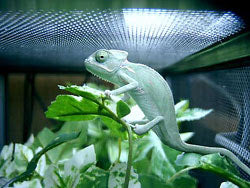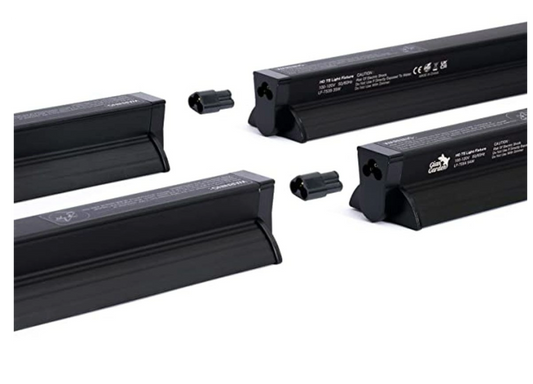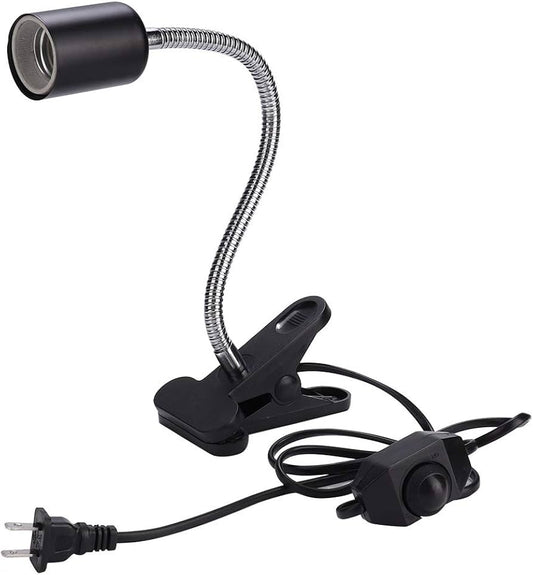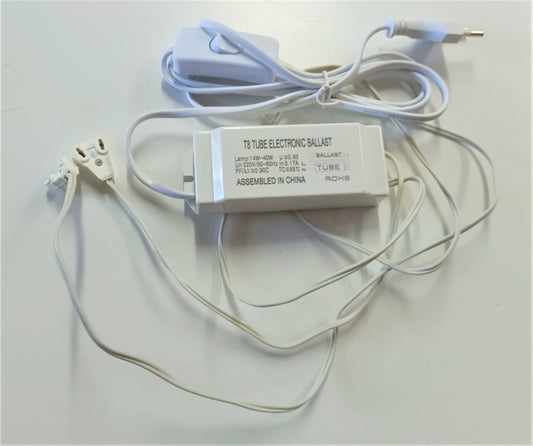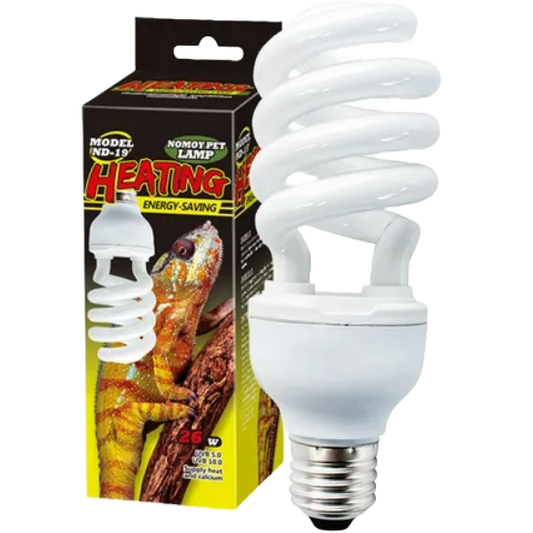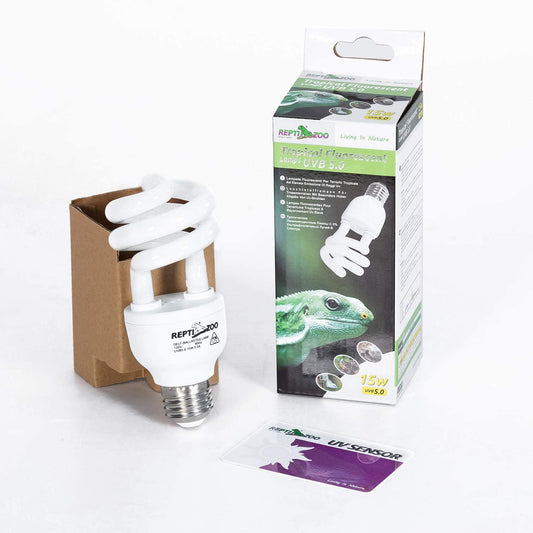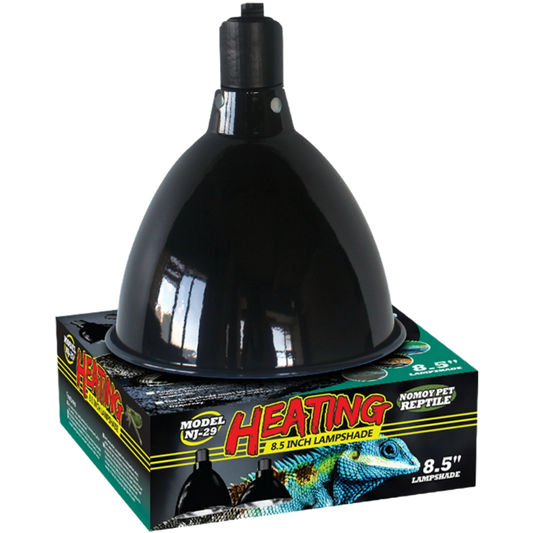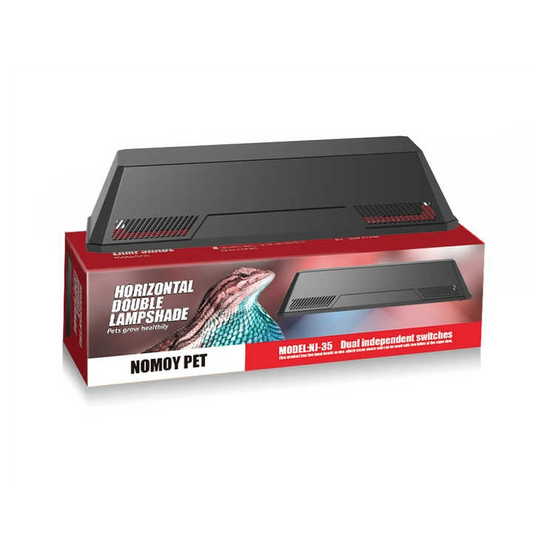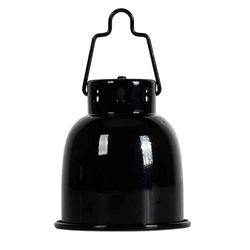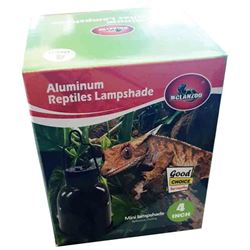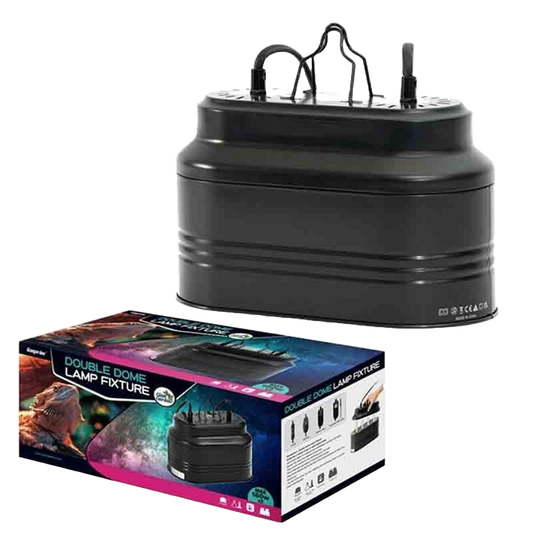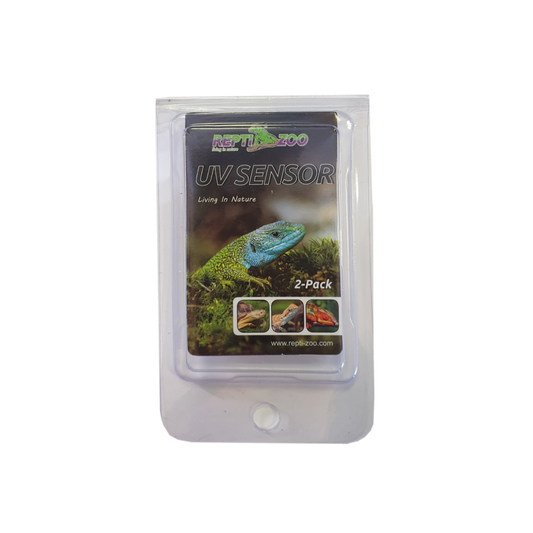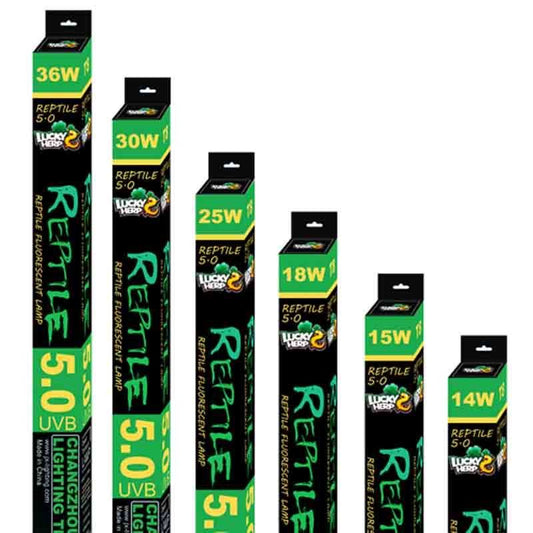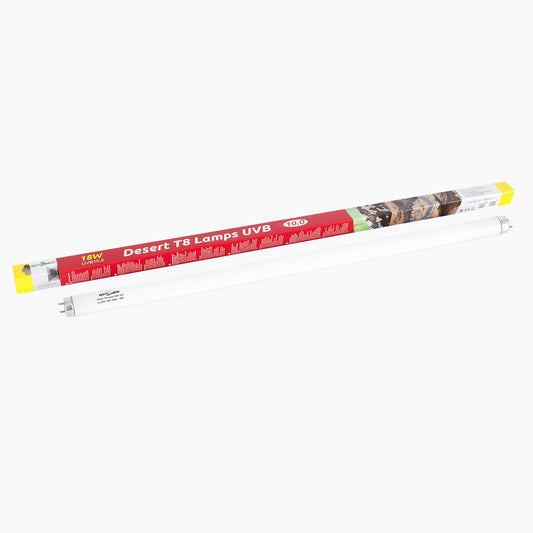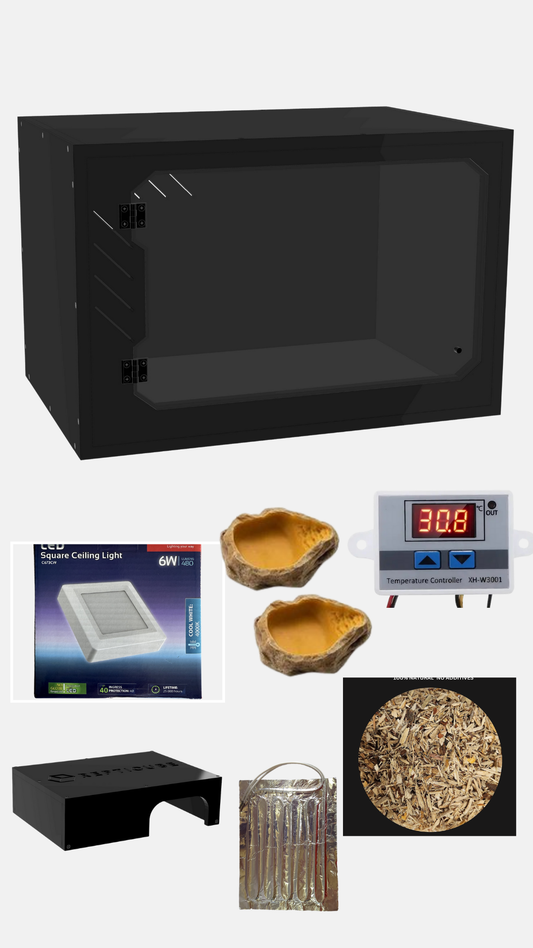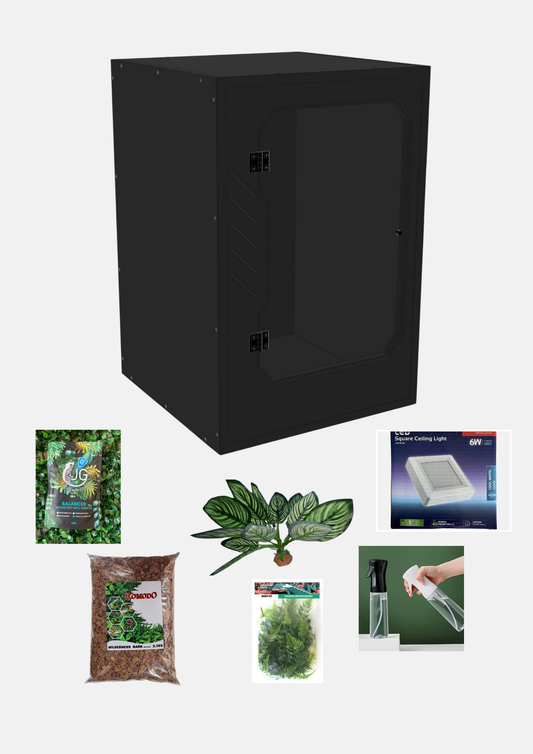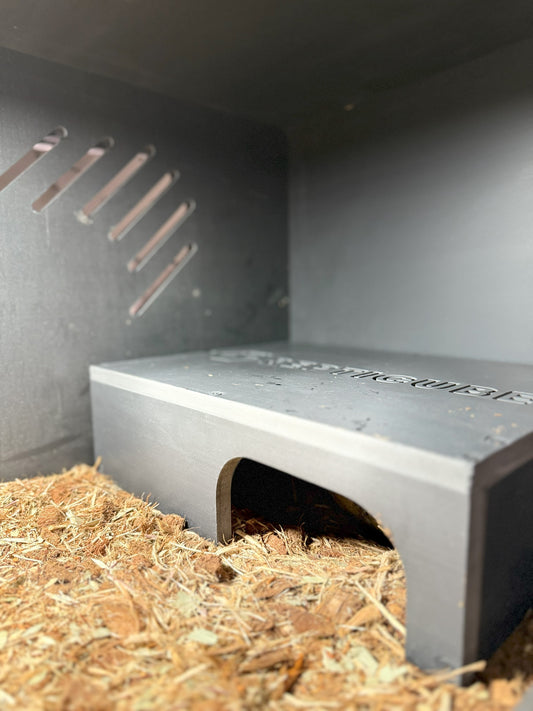-
T5 UVB Lighting High output kit
Regular price From R 255.00 ZARRegular price -
Nomoy NJ-10 Adjustable Lamp Holder
Regular price R 150.00 ZARRegular price -
T5 & T8 Ballast 220V
Regular price R 150.00 ZARRegular price -
Nomoy ND-09 UVB Light 13W
Regular price R 245.00 ZARRegular price -
T8 UVB 10.0 Fluorescent Lamp Light Range
Regular price From R 205.00 ZARRegular price -
Nomoy ND-23 UVB Light 26W
Regular price From R 315.00 ZARRegular price -
Repti Compact UVB 5.0
Regular price From R 585.00 ZARRegular price -
Nomoy Lamp Fixtures
Regular price From R 355.00 ZARRegular price -
Nomoy Aluminum Double Light Reflecting
Regular price From R 700.00 ZARRegular price -
Giangarden LF40 4" Aluminum Light Dome
Regular price R 290.00 ZARRegular price -
McIanzoo Aluminum Light Dome 4inch (Black)
Regular price R 275.00 ZARRegular price -
Giangarden LFD01 Aluminum Double Light Dome
Regular price R 635.00 ZARRegular price -
UV Sensor Tester Card - 2/Pack
Regular price R 90.00 ZARRegular price -
T8 UVB 5.0 Fluorescent Lamp
Regular price From R 205.00 ZARRegular price -
Repti UVB 5.0
Regular price From R 350.00 ZARRegular price -
Repti UVB 10.0
Regular price From R 385.00 ZARRegular price
Add This to your Lights
-
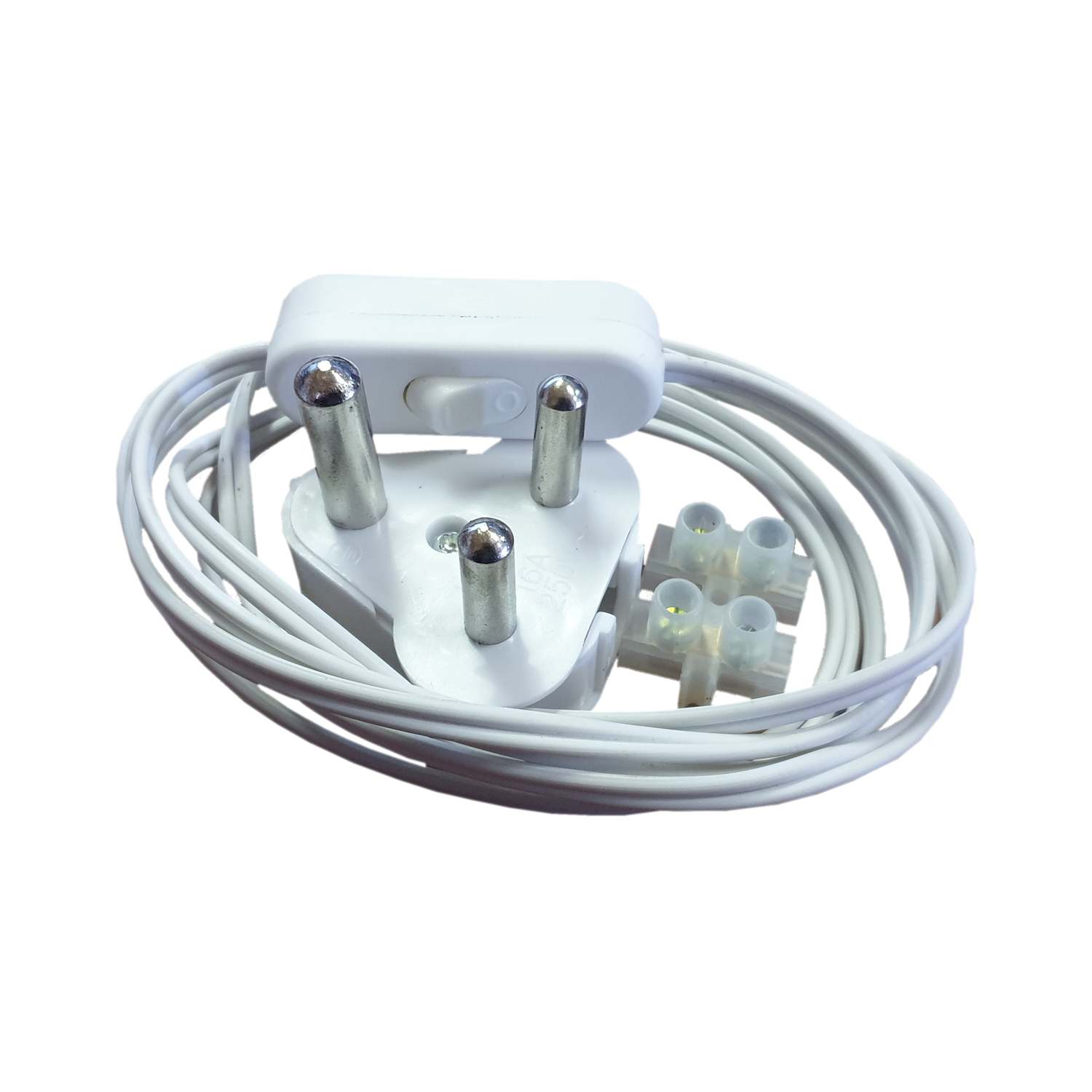
Electric components
Ensure your reptile enclosure has the perfect environment with our electric components....
-
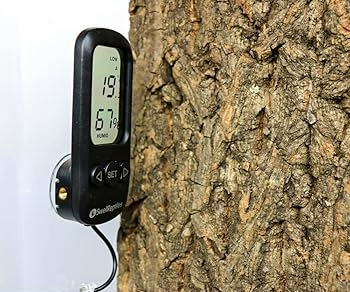
Temperature and Humidity Controllers
Maintaining precise temperature and humidity levels is crucial for the health and...
-
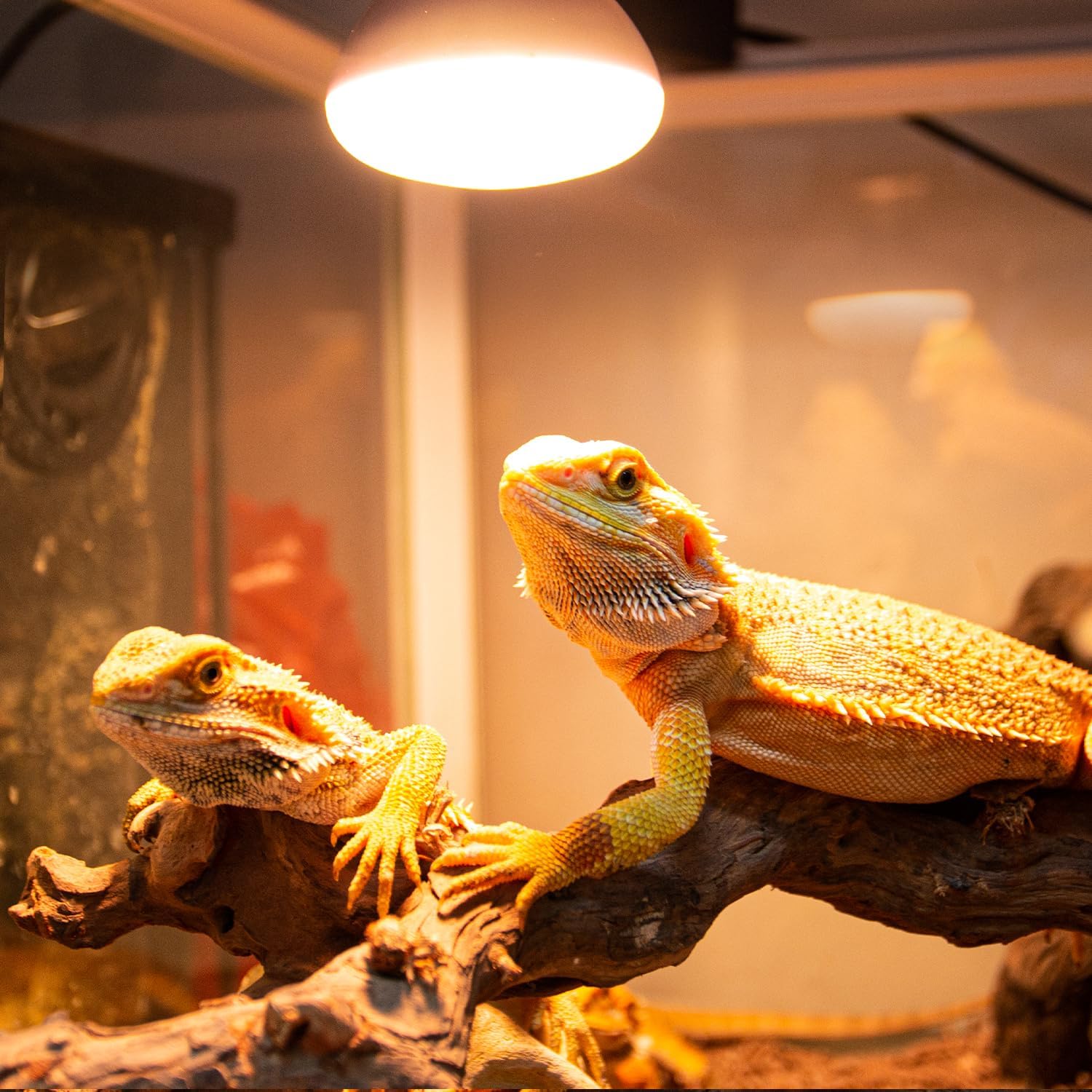
Heating Accesories
Proper temperature regulation is crucial for the health and well-being of reptiles....
Meet our Supreme PVC Enclosures
-
African Fat tailed Gecko starter kit
Regular price R 2,000.00 ZARRegular price -
Crested Gecko Starter Kit
Regular price R 2,000.00 ZARRegular price -
Gargoyle Gecko Starter Kit
Regular price R 2,000.00 ZARRegular price -
Leachi Gecko Starter Kit
Regular price R 2,000.00 ZARRegular price

